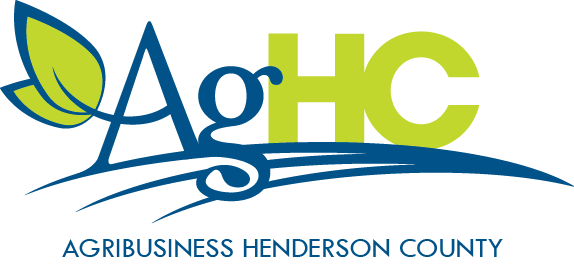Our Western North Carolina apple farmers have been producing high quality apples for centuries. From the earliest settlers to present day, they have been perfecting their craft and adapting to new technologies in order to keep up with the changing market. But what happens after the harvest? What steps do these farmers take to prepare for the next season?
The Harvest
Once they have meticulously cared for their apple trees throughout the growing season, it's time to reap the rewards of hard work. The harvesting process is an essential step in apple farming, marking the culmination of months of preparation and maintenance. During the season, apple farmers hand-pick the ripest and most pristine apples from the trees, ensuring that only the highest quality fruit makes it to market. This attention to detail and dedication to excellence is what sets our farmers apart and what makes our mountain apples sought after.
Beyond The Ballyhoo: Soul and Soil
Once the harvest is complete these family run farms turn their attention to preparing the soil for the next season's crop. This vital step involves carefully tending to the land, removing any debris or weeds, and ensuring optimal conditions for planting. The growers conduct soil tests to assess its nutrient levels and pH balance, allowing them to make informed decisions about fertilization and soil amendments. They may also choose to rotate crops, alternating the areas where apples are planted to maintain soil health. Through generations of getting their hands dirty and digging in deep, these farms set the stage for another successful apple-growing season.
Pruning and Training Apple Trees
Pruning and training apple trees is a vital step in Henderson County. It involves carefully trimming and shaping the trees to optimize their growth and fruit production. Removing dead or diseased branches is key to the health of the tree. They also strategically prune the tree to encourage air circulation and sunlight penetration, which aids in preventing diseases. Additionally, training the branches helps to maintain the desired shape and structure of the tree. This careful preparation ensures that the apple trees thrive and produce a bountiful harvest in the upcoming season.
Standing Guard for Good Growth
Protecting against pests and disease is one of the most important tasks. Farmers employ various methods to prevent infestations and keep their trees healthy. They carefully monitor their orchards for any signs of pests or disease, promptly addressing any issues that arise. This includes implementing integrated pest management strategies, such as using natural predators to control pests and using organic methods to minimize the use of harmful chemicals. By taking proactive measures and staying vigilant, our apple farmers ensure that their crops remain healthy and bountiful, providing high-quality apples for all of us.
What Tree is The Right Tree
Selecting and planting new trees for our Appalachian environment couldn’t be more important. After each harvest, farmers carefully assess their orchards and determine which trees need to be replaced. They consider factors such as the tree's age, health, and productivity. The selection process involves choosing the best apple tree varieties for their specific needs and our climate. While these families of farmers have centuries of knowledge about growing the best apples in our mountains, they are always innovating and deciding what varieties to invest in.
Apple production is paramount to our local economy and deserves to be celebrated. But after Apple Festival has come and gone and winter closes in, the business of growing the best apples in the nation still goes on. Visit our website and take a look at the many incredible farms we have and remind yourself of the importance agriculture plays in our community.

